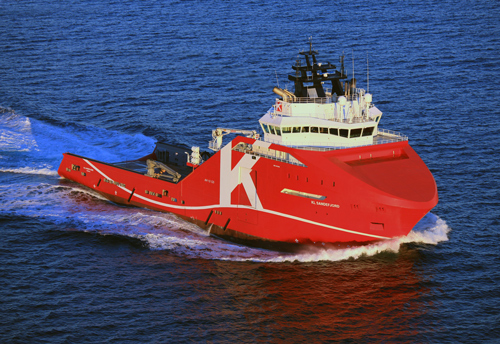First “shore power” notation for offshore vessel

The offshore vessel KL Sandefjord
This not only means a reduction in harmful emissions including SOx, NOx, and particulates, but if the shore-based power is generated from sustainable sources such as hydro-electricity schemes or wind turbines, the carbon footprint is also dramatically reduced. Other benefits include more time for engine maintenance, reduced wear and tear, and less noise.
“There is an increasing awareness of the impact of shipping emissions in ports and this is driving investments in cold ironing,” said Jon Rysst, the classification society’s SVP and regional manager North Europe. “This is leading to ports both requiring and incentivising the use of alternative maritime power. With the shore power notation, shipowners can easily document a safe interface between shore facilities and the ship.”
